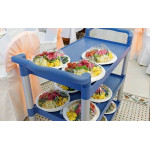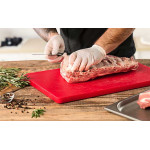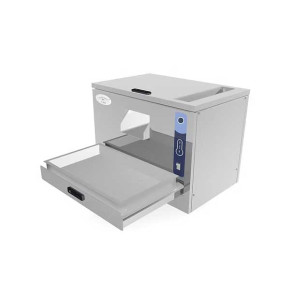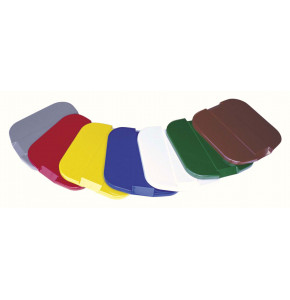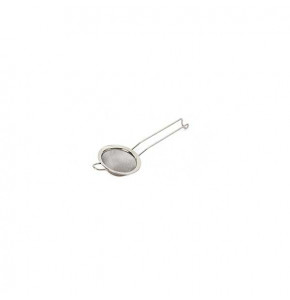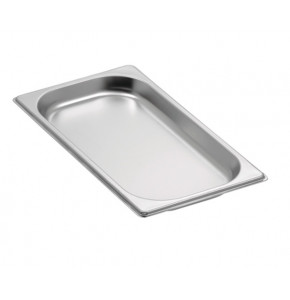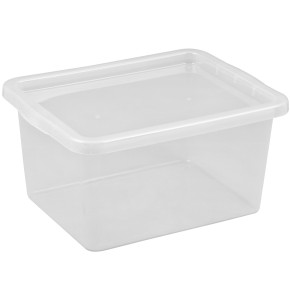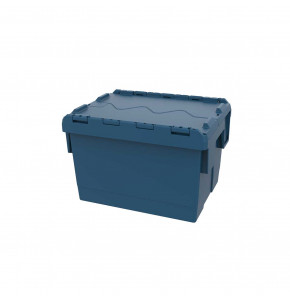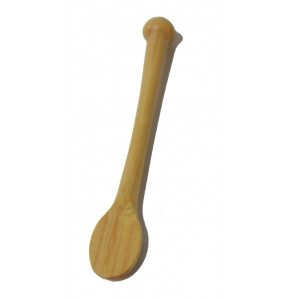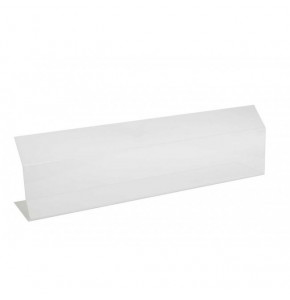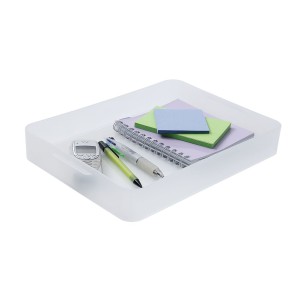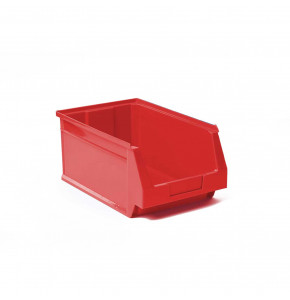Food storage
Food storage plays an important role in a kitchen. Whether it is for transport or storage, you need the best tools.

Food storage is about keeping food in good condition for as long as possible.
Well-organised and hygienic food storage not only preserves the quality and shelf life of your ingredients, but can also help you save space in your professional kitchen.
There are various food storage methods that can be used, each with its own advantages and disadvantages.
- Cold storage: this involves keeping food at very low temperatures (between 0 and 4 degrees Celsius) to slow the growth of micro-organisms. The refrigerator is an example of cold storage.
- Hot storage: this involves keeping food at high temperatures (above 65 degrees Celsius) to destroy micro-organisms. Pasteurisation is an example of hot storage.
- Vacuum storage: this involves removing the air from the packaging to prevent oxidation and bacterial growth.
- Modified atmosphere storage: this involves replacing the air in the package with a specific gas mixture to slow down the decomposition of the food.
- Dry storage: this involves keeping food away from moisture, heat and light to prevent mould and sprouting.
It is important to follow the specific storage conditions for each type of food to avoid contamination and ensure food safety.
So how do you store food in a bin properly?
There are several steps to follow to store food properly in a bin:
- Before storing food, clean the bin thoroughly with hot water and a mild detergent, then rinse it well with clean water.
- Stack food so that it does not come into contact with each other, to avoid sweating and mould.
- Use plastic containers or plastic bags to wrap food to prevent air from entering and to limit the growth of micro-organisms.
- Use labels and markers to identify food and the date of storage, to avoid confusion and to dispose of expired food in a timely manner.
- Use dividers to separate different types of food and avoid cross-odours and cross-flavours.
- Store food in cool, dry places away from direct light to avoid mould and sprouting.
Check the contents of your bin regularly to remove out-of-date or mouldy food.
 Francais
Francais 
 Cart
Cart Quote
Quote